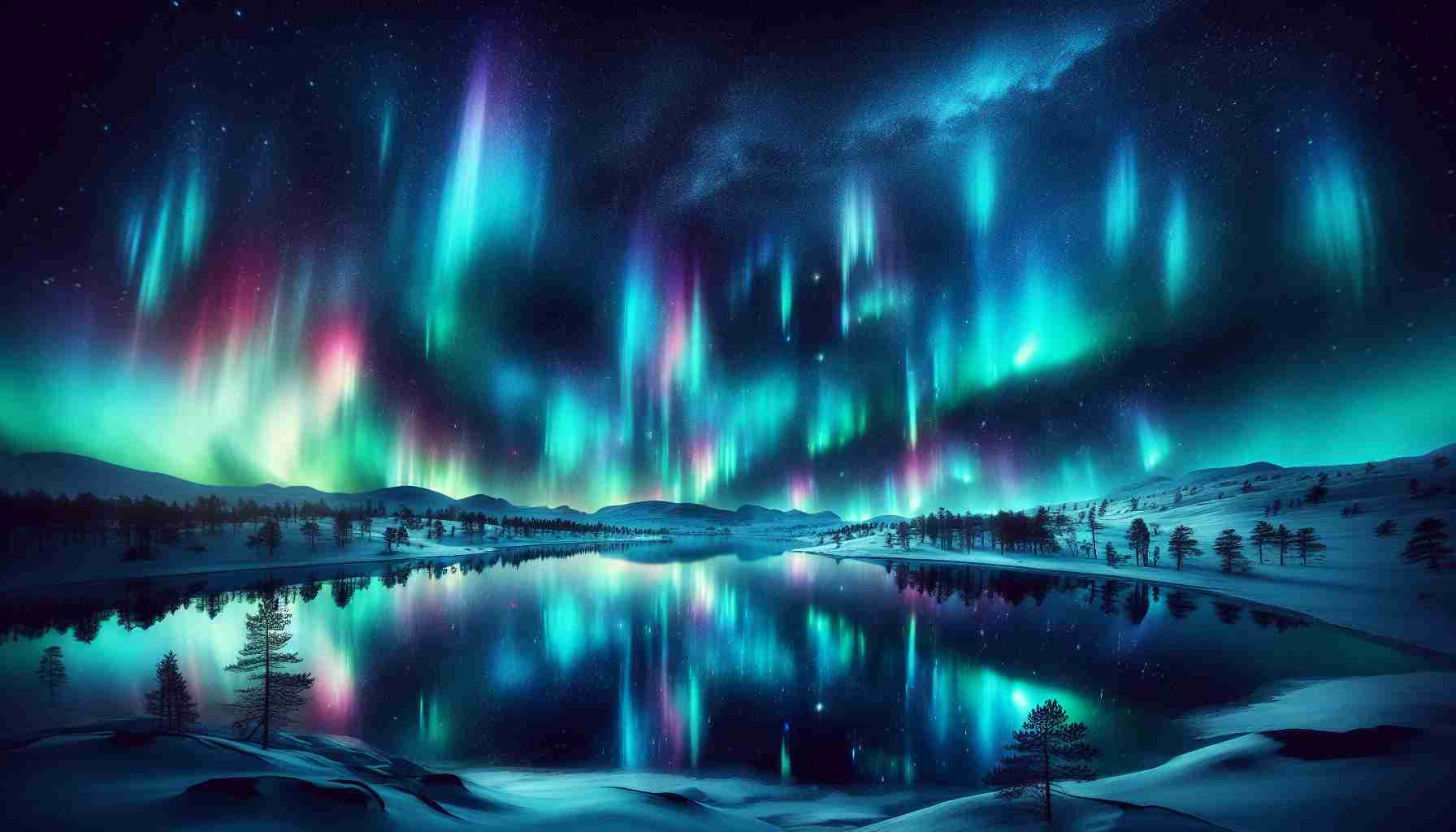Aurora Borealis Dazzles Night Sky Observers
Over a recent weekend, unforgettable displays of the Northern Lights spread across various states. Electron activity in the upper atmosphere caused spectacular color emissions, much like the glowing neon of city signs. Onlookers stood in awe, reaching for their smartphones to capture images that often rivaled the real-time spectacle.
Smartphones, which have made significant leaps in camera technology, facilitated stunning nighttime photography. Notably, the night mode on iPhones has become a beacon for aurora chasers. The mode impressively fires up in low light, often surpassing traditional long-exposure techniques.
iPhone and Android Phones Lead in Night Photography
Insights into technology reveal iPhone night mode’s prowess coming from its ability to composite numerous pictures, reducing noise and refining the overall image. Samsung smartphones also shine with a night mode that combines 30 frames, thanks to the light collected by the camera sensor. For Android users, night mode brings artificial intelligence into play, tweaking settings to suit the expected scene, ensuring crisp images.
To maximize the night mode on iPhones, users can manually lengthen the exposure time for improved results. Still, not all automatic settings are perfect for every situation. When it comes to rapidly moving auroras, manual controls found in camera apps tailored for long exposures may prove advantageous.
Tips for Photographing the Nighttime Wonders
For those deeply invested in photography, recommendations include using a stable tripod for long exposures and turning off the flash. Manual focus should be engaged, as autofocus systems may falter in low light.
Combining your smartphone’s advanced capabilities and adding personal elements, like a silhouette against the aurora, can transform a good photo into a spectacular one.
Considerations for Smartphone Aurora Photography
Capturing the Northern Lights on a smartphone isn’t always straightforward. Despite powerful camera functions, there are limitations to be mindful of, such as the smaller sensors compared to traditional cameras, which can impede image quality, especially in low light. Stabilization is critical since shaky hands don’t bode well for the required long exposures.
Cold weather also threatens battery life, potentially cutting your photography session short. Lastly, while camera apps are improving, third-party apps might sometimes outdo them, offering enhanced manual control for a clearer aurora image. Post-processing is equally important to bring out the richness of the lights, another step that might pose a challenge.
Photographers seeking detailed guidance on capturing this natural marvel should look to resources like Visit Iceland for tips optimized for their smartphone.
Background on the Northern Lights
The Northern Lights, or Aurora Borealis, are a breathtaking natural phenomenon caused by collisions between electrically charged particles from the sun that enter the Earth’s atmosphere. These collisions emit light, resulting in a spectacular display of colors that can be seen in the magnetic polar regions of the northern hemisphere.
Key Questions and Answers:
Q: How do smartphones capture the Northern Lights?
A: Smartphones capture the Northern Lights using advanced camera modes like night mode, which takes multiple pictures and combines them to enhance low-light photography. Features like artificial intelligence and manual settings for exposure time also contribute to capturing clear images of the lights.
Q: What are the limitations of using smartphones for photographing the Northern Lights?
A: While smartphone photography has come a long way, limitations include smaller sensors than those in professional cameras, which can affect image quality. Additionally, the long exposures required for Northern Lights photography demand steady hands or a tripod to avoid blurring, and cold weather can deplete battery life quickly.
Challenges and Controversies:
A challenge for photographers is the unpredictability of the Northern Lights, which requires monitoring geomagnetic activity. Some photographers argue that professional equipment is necessary to capture the phenomenon in all its glory, but smartphone technology is increasingly challenging this view.
Controversy may arise over alterations made in post-processing, with purists advocating for minimal edits to retain the natural authenticity of the display, while others embrace enhancing the images for artistic expression.
Advantages and Disadvantages:
Advantages of smartphone photography for the Northern Lights include the ease of use, portability, and the increasingly powerful technology that allows for high-quality night photography. Smartphones also allow for instant sharing on social media platforms.
Disadvantages include the aforementioned limitations related to sensor size, battery life in cold conditions, and the potential need for additional gear such as tripods and third-party camera apps for optimal results.
If you would like to research more about the phenomenon of the Northern Lights or tips for photographing them, consider the official websites of destinations where they can be observed:
– Visit Finland: visitfinland.com
– Visit Norway: visitnorway.com
– Tourism in Sweden: visitsweden.com
– Visit Iceland: visiticeland.com
These sources often provide information on the best times and places to view the Northern Lights, as well as guides on how to capture them with your camera or smartphone.
